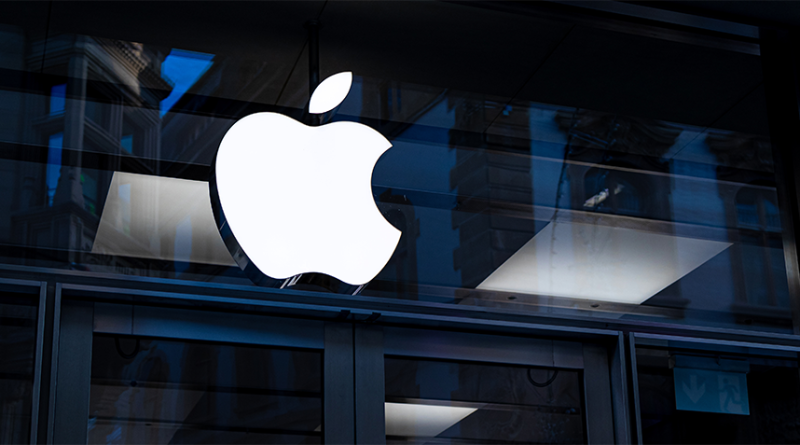How Apple Handles its China-Dependent Supply Chain Amid Global Tensions
Apple’s supply chain is often regarded as one of the most sophisticated and efficient systems in global manufacturing. The company relies heavily on Chinese manufacturers for assembling and producing flagship products, such as the iPhone, iPad, and MacBook. This dependency, however, has placed Apple at the center of geopolitical and trade tensions between the United States and China.
China: The heart of Apple’s supply chain
China plays an unparalleled role in Apple’s supply chain, with a significant portion of its products assembled and shipped from the region. This reliance stems from China’s skilled labor force, advanced manufacturing ecosystem, and cost efficiencies that are hard to replicate elsewhere.
Apple’s primary manufacturing partners, including Foxconn and Pegatron, have built Apple’s supply chain is often regarded as one of the most sophisticated and efficient systems in global manufacturing. The company relies heavily on Chinese manufacturers for assembling and producing flagship products, such as the iPhone, iPad, and MacBook.massive facilities in cities like Zhengzhou and Shenzhen—often called ‘iPhone City.’ These hubs employ hundreds of thousands of workers capable of producing millions of devices in a short span of time, a scale unmatched by other countries.
Beyond assembly, Chinese suppliers contribute essential components and raw materials, deepening Apple’s reliance on the region. However, this symbiotic relationship increasingly represents a double-edged sword.
Geopolitical risks and economic challenges
The trade war initiated during Donald Trump’s presidency introduced tariffs and restrictions that directly impacted the tech industry. While Apple managed to navigate these challenges relatively unscathed, the looming threat of new tariffs under a potential second Trump administration has reignited concerns.
These tariffs could increase production costs, potentially forcing Apple to raise prices or absorb the financial impact, thereby reducing profit margins. Additionally, escalating competition from domestic Chinese brands like Huawei further complicates Apple’s position. Huawei’s resurgence, particularly with new smartphones featuring advanced domestic chipsets, underscores the increasing sophistication of Chinese competitors.
Exploring diversification to mitigate risks
In response to these vulnerabilities, Apple has worked to diversify its supply chain by exploring manufacturing opportunities in India and Vietnam. Both countries offer growing manufacturing ecosystems and government incentives aimed at attracting global tech companies.
In India, Apple has partnered with local firms to assemble iPhones, spurred by the government’s ‘Make in India’ initiatives. Similarly, Vietnam has emerged as a strategic location for producing components and smaller devices, such as AirPods. However, replicating China’s scale and efficiency remains a formidable challenge.
Issues such as infrastructure gaps, workforce training, and geopolitical risks in these regions add complexity to Apple’s diversification efforts. Experts suggest that while progress has been made, China’s dominance in Apple’s supply chain will persist in the near term.
Tim Cook’s diplomatic efforts to maintain stability
Tim Cook has played a pivotal role in managing Apple’s supply chain risks through careful diplomacy and engagement with key stakeholders.
Cook’s lobbying efforts in the United States emphasize the potential harm of tariffs to American consumers and businesses, framing Apple’s success as integral to US economic interests. In China, Cook has strengthened relationships with local officials, participating in trade forums and addressing concerns about Apple’s presence.
The competitive landscape and Apple’s market positioning
While managing supply chain risks, Apple also faces growing competition in China. Domestic players like Huawei have launched advanced smartphones, supported by domestic chipsets and technologies. This has bolstered their position in the Chinese market, where consumer preference for local brands is growing.
Despite this competition, Apple’s commitment to innovation remains a key strength. Its investments in research and development, combined with its strong ecosystem of devices and services, provide a robust foundation for sustaining global market leadership.
Apple’s reliance on China presents both opportunities and vulnerabilities. While diversification efforts in India and Vietnam are underway, replicating China’s scale and expertise will take time. Tim Cook’s strategic leadership has been instrumental in mitigating risks and maintaining stability amid geopolitical challenges. However, the rise of domestic competitors and the evolving global trade will require a complex ability to balance cost, efficiency, and global partnerships, ensuring resilience and growth in the years to come.
Sources:
To keep up-to-date with our latest supply chain news, subscribe to our newsletter today.
